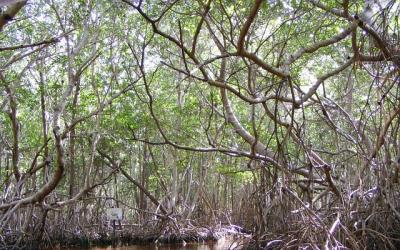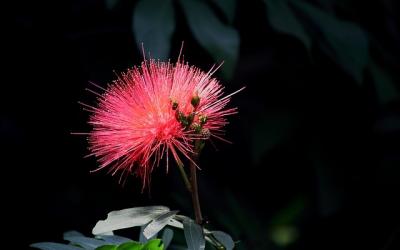CUANTIFICACIÓN DE TANINOS EN EXTRACTOS VEGETALES UTILIZADOS COMO AGENTES REDUCTORES EN LA SÍNTESIS VERDE DE NANOPARTÍCULAS DE PLATA Y SU EVALUACIÓN ANTIMICROBIANA
Quantification of tannins in plant extracts used as reducing agents in the green synthesis of silver nanoparticles and their antimicrobial evaluation
Fecha recibido: 08/07/2025 | Fecha publicado: 19/09/2025 | Fecha corregido: 25/08/2025 |Autores
RESUMEN
Se sintetizaron nanopartículas de plata (AgNPs) utilizando extractos acuosos de cinco plantas medicinales: Prodigiosa (Brickellia Cavanillesii), Estafiate (Artemisia Ludoviciana), Ajenjo (Artemisia Absinthium), Hierba de San Nicolás (Piqueria Trinervia) y Geranio (Pelargonium Domesticum). El objetivo fue desarrollar un protocolo ecológico y de bajo costo para la producción de AgNPs con potencial aplicación en el área biomédica. Las nanopartículas se caracterizaron mediante UV-Vis, DLS y TEM. La concentración de taninos se cuantificó con el método Folin-Denis. La actividad antimicrobiana de las AgNPs y los extractos se evaluó frente a Escherichia coli, Staphylococcus aureus, Pseudomonas aeruginosa y Enterococcus faecalis, utilizando el método de microdilución para determinar la concentración mínima inhibitoria (CMI). Los resultados mostraron una notable sinergia entre los extractos y las nanopartículas, siendo Artemisia absinthium y Brickellia cavanillesii las más efectivas. Este enfoque promueve la síntesis verde de nanomateriales con aplicaciones terapéuticas y antimicrobianas.
Palabras clave: Taninos, Nanopartículas de plata, síntesis verde.
Quantification of tannins in plant extracts used as reducing agents in the green synthesis of silver nanoparticles and their antimicrobial evaluation
ABSTRACT
Silver nanoparticles (AgNPs) were synthesized using aqueous extracts from five medicinal plants: Prodigiosa (Brickellia cavanillesii), Estafiate (Artemisia ludoviciana), Estafiate (Artemisia absinthium), Hierba de San Nicolás (Piqueria trinervia), and Geranium (Pelargonium domesticum). The objective was to develop an eco-friendly and low-cost protocol for AgNP production with potential biomedical applications. The nanoparticles were characterized by UV-Vis spectroscopy, dynamic light scattering (DLS), and transmission electron microscopy (TEM). Tannin content was quantified using the Folin-Denis method. The antimicrobial activity of the AgNPs and plant extracts was evaluated against Escherichia coli, Staphylococcus aureus, Pseudomonas aeruginosa, and Enterococcus faecalis using the broth microdilution method to determine the minimum inhibitory concentration (MIC). The results showed a significant synergistic effect between the extracts and the nanoparticles, with Artemisia absinthium and Brickellia cavanillesii being the most effective. This approach supports green synthesis of nanomaterials for therapeutic and antimicrobial applications.
Keywords: Tannins, Silver nanoparticles, green synthesis, antimicrobial activity.


